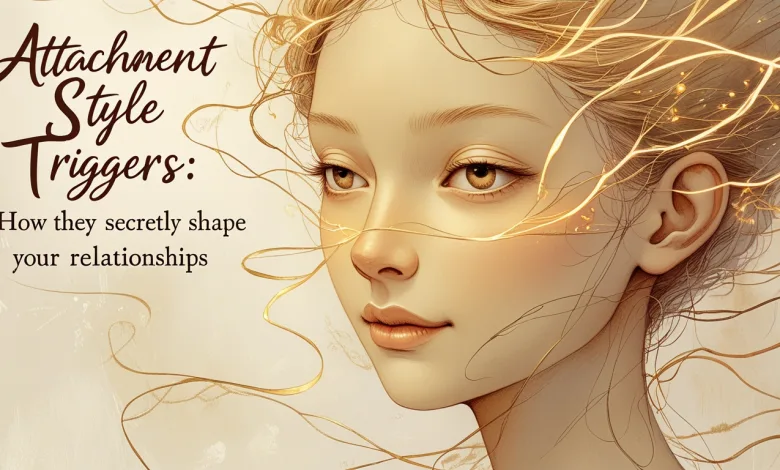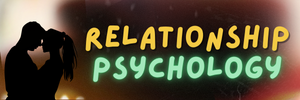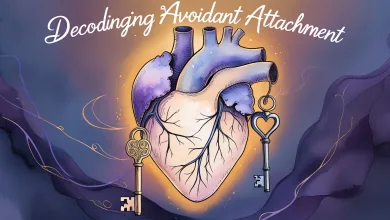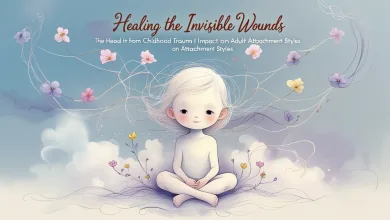Attachment Style Triggers: How They Secretly Shape Your Relationships

Ever wonder why you react the way you do in relationships? Your attachment style might be the key to understanding your deepest relationship patterns, fears, and desires.
Introduction: The Invisible Puppeteers of Our Hearts
Let’s get real for a moment. Relationships are like emotional roller coasters, and most of the time, we’re not even holding the steering wheel. Attachment style triggers are the secret conductors of our relational orchestra, pulling strings we didn’t even know existed.
Imagine your relationship patterns as a complex dance – sometimes smooth, sometimes stumbling, but always guided by invisible psychological choreography. These triggers are the hidden script that determines how we love, fear, connect, and sometimes, push away the very people we want to hold closest.

Understanding Attachment Styles: More Than Just Emotional Baggage
Attachment styles aren’t just fancy psychology jargon – they’re the blueprint of our emotional responses. Developed in early childhood, these patterns follow us like a shadow, influencing everything from how we communicate to how we handle conflict.
The Four Primary Attachment Styles
- Secure Attachment: The golden child of relationship styles
- Anxious Attachment: The persistent worriers
- Avoidant Attachment: The emotional fortress builders
- Disorganized Attachment: The complex navigators of emotional terrain
Decoding the Triggers: When Past Meets Present
Attachment style triggers are like emotional landmines, often unexpectedly activated by specific relationship scenarios. They’re deeply personal, uniquely crafted from our individual histories of connection and disconnection.
Common Attachment Trigger Scenarios
- Unexpected communication silence
- Perceived rejection or criticism
- Moments of intense emotional vulnerability
- Perceived threats to relationship security

The Neurobiological Dance of Triggers
Our brains are wired for connection, but they’re also programmed for protection. Attachment style triggers activate our sympathetic nervous system, triggering fight, flight, freeze, or fawn responses faster than you can say “emotional baggage.”
Scientific Insights
Research from the Journal of Personality and Social Psychology reveals that attachment styles are not just psychological constructs but have tangible neurobiological foundations1.
Healing and Transformation: Breaking the Cycle
The good news? Attachment styles aren’t life sentences. With awareness, intentional practice, and sometimes professional guidance, we can rewire our emotional responses.
Practical Strategies for Trigger Management
- Self-Awareness: Recognize your patterns
- Mindfulness: Practice emotional regulation
- Communication: Learn to express needs vulnerably
- Therapy: Consider professional support
FAQs: Your Burning Questions Answered
Q: Can attachment styles change? Absolutely! They’re fluid and can be reshaped through conscious effort and supportive relationships.
Q: How do I know my attachment style? Self-reflection, professional assessment, and pattern recognition are key.
Wrapping It Up: The Journey of Connection
Attachment style triggers are not your enemy – they’re messengers. They whisper (sometimes scream) about our deepest needs, fears, and potential for growth.






